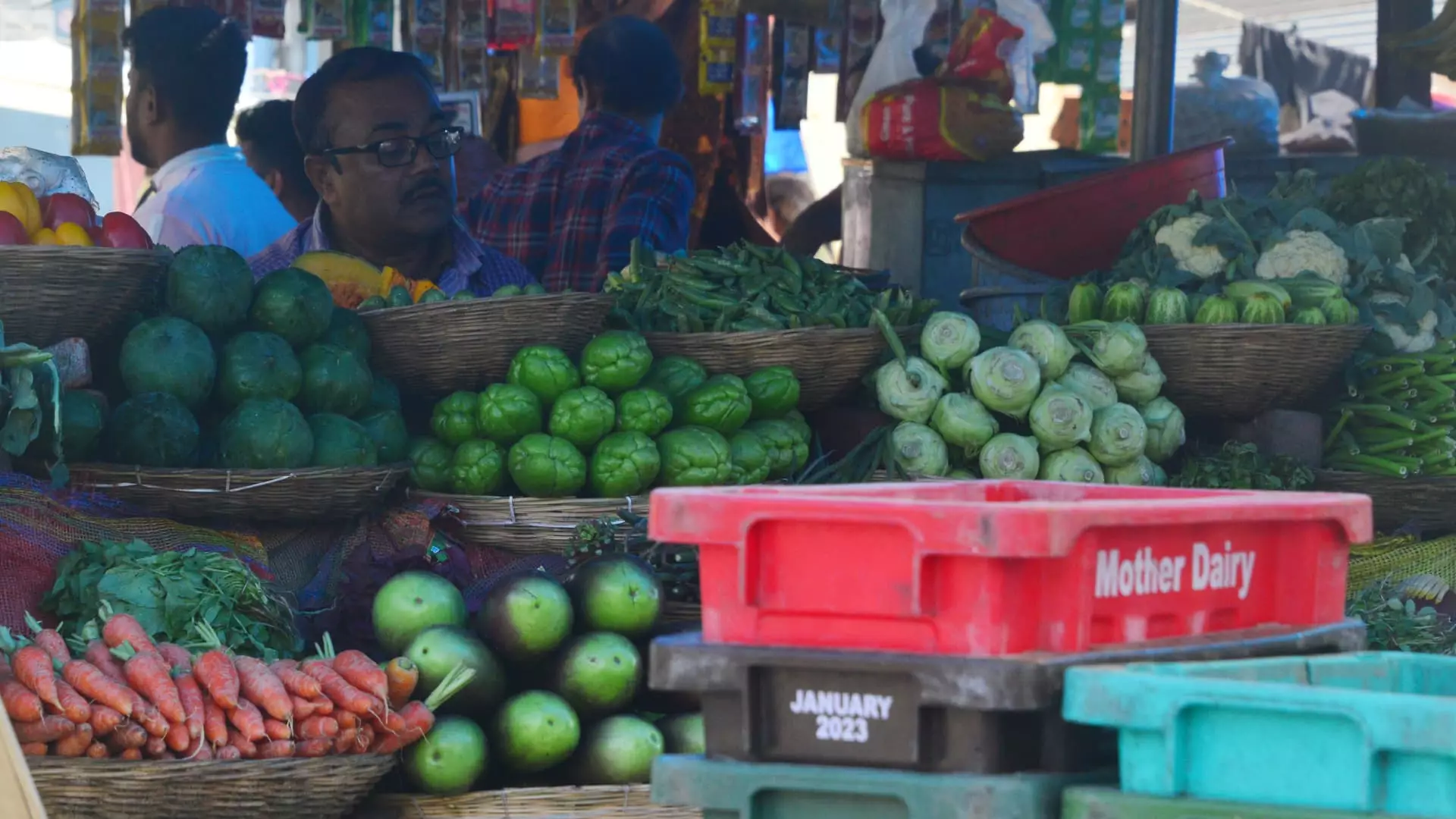India’s economy has recently experienced fluctuations in its inflation rates, significantly influencing the monetary policies of the Reserve Bank of India (RBI) and raising questions regarding the future trajectory of economic growth. The latest data from December 2023 revealed a year-on-year inflation rate of 5.22%, falling short of expert forecasts, yet marking a retreat from the 14-month peak registered in October 2023, when inflation soared to 6.21%. This article aims to dissect these inflation trends, the implications for policy decisions, and the broader economic context.
The decline in inflation during December can be seen as a piece of positive news amidst ongoing concerns about price stability and economic growth. The reduced inflation rate of 5.22% suggests a slowdown in price rise, providing some breathing room for the RBI to consider adjustments in interest rates, specifically cuts that may stimulate growth. This is particularly relevant given the backdrop of slowing economic growth, which posted just 5.4% for the second fiscal quarter, alarmingly close to a two-year low.
Following an inflation spike above the RBI’s comfort zone, the December figures seem to consolidate a trend of easing inflationary pressures. Analysts noted a significant decrease in the prices of essential commodities such as vegetables, cereals, and sugar. Particularly striking was the decline in vegetable inflation, which fell to 26.56% in December from 42.18% in October. Simultaneously, food inflation, a critical component of the consumer price index, dropped to 8.39% from 9.04%, showcasing a substantial moderation.
The noteworthy drop in inflation may pave the way for interest rate reductions in the upcoming meetings of the Monetary Policy Committee (MPC). The newly appointed RBI Governor, Sanjay Malhotra, had previously indicated a target inflation rate of approximately 4.8% for the fiscal year ending in March 2025. Given the current trajectory, the RBI is likely to consider a repo rate cut at its next meeting in February, with several economists projecting a 25 basis points decrease to 6.25%.
However, the RBI faces a balancing act. Simultaneously, the Indian rupee recently depreciated to a record low against the dollar, complicating the central bank’s ability to implement aggressive rate cuts without exacerbating currency instability. This depreciation underscores a critical challenge for policymakers: supporting the currency while encouraging economic growth through lower borrowing costs.
Amid these inflationary and monetary policy considerations, the broader economic landscape requires careful scrutiny. Bank of America’s recent downgrade of India’s GDP forecast for the fiscal year ending March 2025—from 6.8% to 6.5%—reflects cautious sentiments regarding the resilience of the Indian economy. Analysts have pointed out that although some sectors exhibit strength, such as agricultural production and fuel consumption, overall credit growth and consumption indicators remain sluggish.
The expected seasonal corrections in agricultural prices due to improved harvest yields in the forthcoming months could alleviate pressures on food inflation. However, the slow recovery in consumer spending and investment could hinder stronger economic momentum, compelling the RBI to tread carefully in its monetary policy maneuvers.
As the Indian economy navigates through these dual challenges of inflation control and promoting growth, the role of the RBI will be pivotal. The changing leadership at the RBI, under Governor Malhotra, signals a potential shift toward a less aggressive stance in combating inflation. This shift arises from an awareness of the delicate balance needed in fostering growth while safeguarding against external economic shocks.
India’s inflation decline provides both a reprieve and a challenge. Economic stakeholders must remain vigilant as developments unfold. The interplay between inflation management, monetary policy adjustments, currency stability, and growth prospects will largely shape India’s economic trajectory in the coming months. Active monitoring of these dynamics will be essential for understanding the implications for businesses and consumers alike, as they adapt to an evolving economic environment.


Leave a Reply